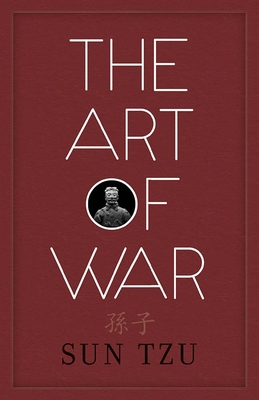Password Book: Include Alphabetical Index With Toucan Bird Branch Pattern
Select Format
Select Condition 
Book Overview
Organize all your website account logins and passwords.
No need to use Post-it notes or scraps of paper.
This notebook contains more 300 places to store your password.
The notebook contains spaces for website address, user name, email, password.
No need to use Post-it notes or scraps of paper.
This notebook contains more 300 places to store your password.
The notebook contains spaces for website address, user name, email, password.
Format:Paperback
Language:English
ISBN:1099721687
ISBN13:9781099721687
Release Date:May 2019
Publisher:Independently Published
Length:110 Pages
Weight:0.38 lbs.
Dimensions:0.3" x 6.0" x 9.0"
Customer Reviews
5 customer ratings | 5 reviews
There are currently no reviews. Be the first to review this work.




















